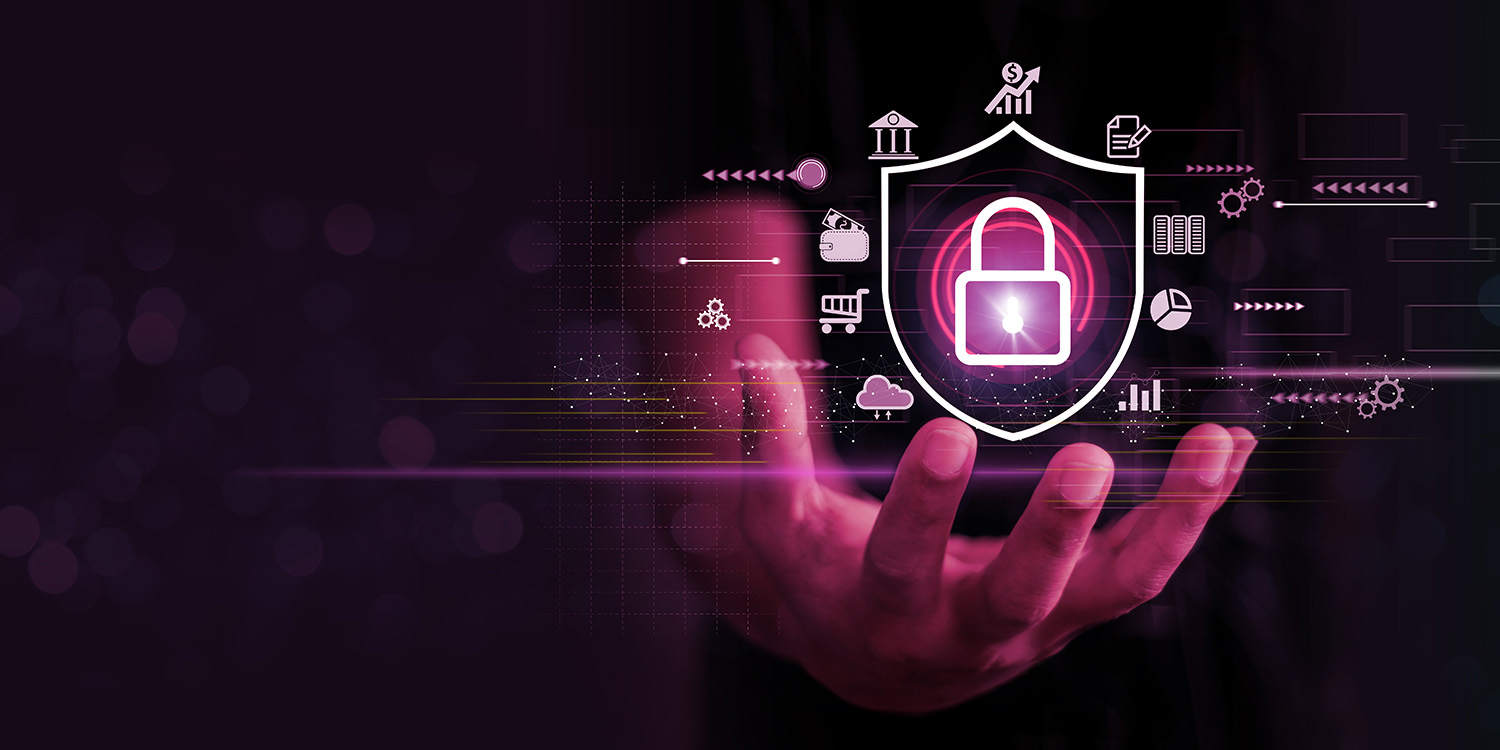AI is quietly changing the game for businesses in 2025—but not everyone is ready. Some business owners are already seeing massive growth from AI-driven insights and automation, while others don’t even realize they’re falling behind. If you’re running a business in Willow Grove, PA, you’ve likely heard lots of buzz about AI. Maybe you dismissed it, thinking it’s just for big tech companies, but guess what? It’s a lot more accessible than you think!
The question is: where does your business stand?
Why You Should Care About AI for Business Growth Right Now
Businesses in Willow Grove that aren’t at least thinking about introducing AI are already starting to fall behind. Understandably, it’s being overlooked; your plate is probably already full running your business. But what if I told you AI could take some of those plates off your hands?
How AI Is Useful for Business Growth
- Customer Service That Never Sleeps
Have you ever woken up to a bunch of missed customer messages from the night before? Wouldn’t it be nice to have someone (or something) taking care of those basic queries for you while you sleep? That’s where AI chatbots come in. They’re like having a super-smart assistant who works around the clock and never takes a coffee break. And best of all, they won’t break the bank!
- How Can Predictive Analytics Help Your Business?
Predictive analytics is a branch of AI that helps you guess what’s coming next in your business. For businesses in Willow Grove, this means you can better predict which products will sell, when you’ll be busiest, and what trends are emerging. No more guesswork—AI makes inventory management smarter.
- Security That Gets Smarter Over Time
Let’s be honest: cybersecurity isn’t a topic you think about too much until something goes wrong – and then it’s the only topic on your mind. AI-powered security is like having a guard dog that learns from every attempted break-in and gets better each time suspicious activity is spotted.
Keeping Your Business Safe
AI can be a game-changer—but only when configured properly.
This means:
- Regular check-ups related to security
- Ensuring your team knows what’s what
- Keeping your operations legal and compliant
- Having tech experts on speed dial
AI Deserves All the Hype
A store owner we work with started using AI to manage their inventory recently. Within three months, they stopped running out of some of their more popular items and saved a lot of money on items that weren’t selling. Another client of ours let AI handle their after-hours customer chats and started catching 45% more leads. All this amounts to real money they were just leaving on the table before AI.
Are You Ready to Get on Board?
AI isn’t going anywhere, and it’s getting easier to use every day. You don’t have to be a tech genius to make AI work for your business growth – you just need the right partner to help you figure out what makes sense for you.
Are you ready to learn more about keeping your business safe while using AI? Grab our complimentary guide on “The Growing Role of AI in Security” or reach out to chat about how we can help your business level up.
And be sure to check out our previous post about staying safe online!
Here’s the bottom line: getting started with AI doesn’t mean going all-in overnight. It’s about finding the right tools that will make your life easier and your business stronger. Let’s talk about how to make that happen for you!
FAQ: AI for Business Growth
What are the biggest AI trends for small businesses in 2025?
AI is transforming small businesses with:
- AI Chatbots – 24/7 customer service.
- Predictive Analytics – Smarter business decisions.
- AI Cybersecurity – Prevents cyber threats in real-time.
- Automated Marketing – Generates content & campaigns instantly.
AI is no longer optional—it’s a competitive advantage.
Is AI expensive to implement?
No! AI tools are affordable, scalable, and ROI-driven:
- Many chatbots & automation tools start at low monthly costs.
- Predictive AI saves money by reducing inefficiencies.
- AI prevents costly cyberattacks before they happen.
It’s not about cost—it’s about the cost of falling behind.
How can AI improve cybersecurity?
AI detects, prevents, and responds to cyber threats automatically:
- Real-time threat detection – Identifies suspicious activity quickly.
- Automated security updates – Keeps software protected.
- Fraud prevention – Detects unusual logins & transactions.
AI doesn’t just react—it predicts & prevents threats before they happen.



